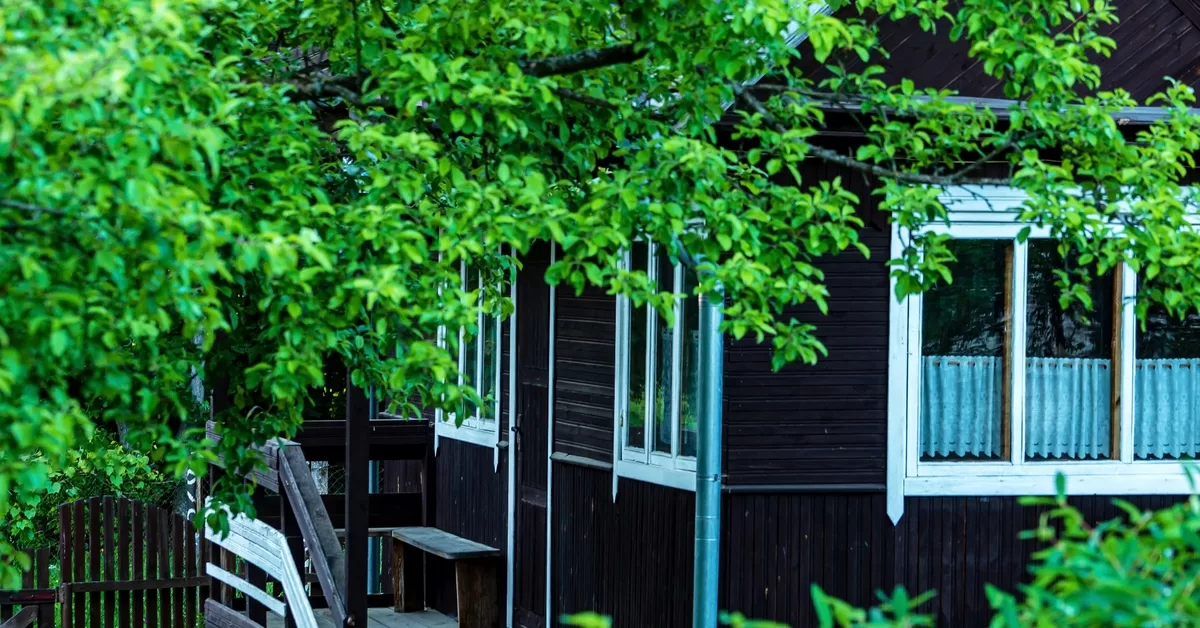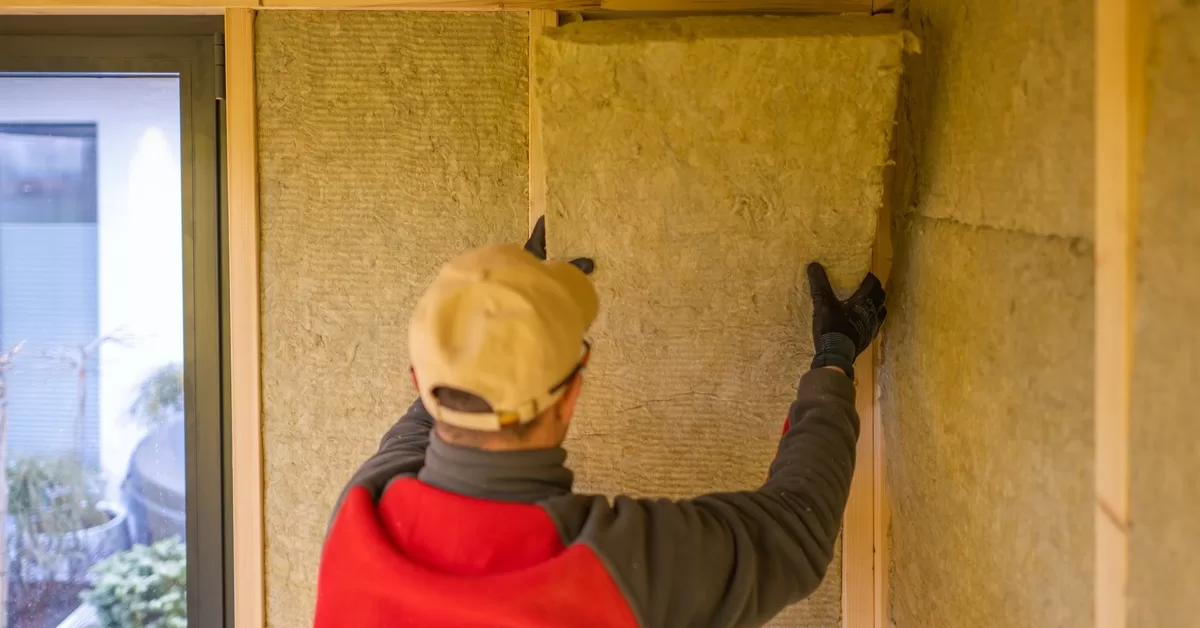8 Ways To Enhance the Privacy of Your ADU

Accessory dwelling units (ADUs) offer incredible flexibility for homeowners, whether as space for aging parents, a short-term rental, or a quiet studio or office. While these secondary structures provide convenience and utility, they also raise privacy concerns.
Fortunately, thoughtful planning during the design and build phase can resolve these concerns. Let’s explore eight ways to enhance the privacy of your ADU, all of which you can incorporate from the ground up.
1. Thoughtful Placement on the Property
Privacy starts with placement. The location of an ADU on the lot can dramatically influence how private or exposed it feels. For instance, sitting the ADU toward a back corner of the property maximizes its distance from the main residence and creates a sense of independence for those using the space. In more urban or suburban settings, placing the unit along a side yard or alleyway may also provide useful separation.
You’ll also want to consider sightlines and natural barriers. Placing the ADU at an angle or utilizing the natural contours of the land, such as slopes, trees, or outbuildings, helps shield views between the main home and the ADU.
If you’re building on a tighter lot, small shifts in orientation reduce direct visibility, helping both structures feel like distinct, private zones while still being connected.
2. Separate Entrances and Pathways
Another effective way to establish privacy between an ADU and the main house is by designing separate entrances and walkways. A dedicated entry not only enhances the ADU’s sense of autonomy but also minimizes unnecessary interaction between occupants. Think of it as setting boundaries out of respect for both parties’ daily routines.
To take it a step further, consider how you lay out the path to the ADU. A meandering walkway through landscaped areas, a side gate with screening, or subtle elevation changes distinguish the approach and visually separate the spaces.
These small design choices form a sense of division, allowing both the primary residence and the ADU to feel self-contained without compromising the overall flow of the property.

3. Strategic Window Placement
Windows are crucial for natural light and ventilation, but they can also compromise privacy if placed without intention. When designing an ADU, careful window placement is key to maintaining separation from both the main house and surrounding properties.
Avoid positioning windows that directly face back into the main household or a neighbor’s backyard, especially in areas like bedrooms or the living room. Instead, opt for window styles and positions that preserve light without inviting direct lines of sight.
High-set windows, such as clerestory or transom windows, allow sunlight to enter while keeping interior spaces relatively shielded. Frosted or textured glass can provide privacy to bathrooms or other sensitive areas without eliminating daylight altogether.
When thoughtfully integrated into the overall design, windows can make an ADU feel bright, livable, and private.
4. Privacy-Focused Landscaping
Most people think of landscaping as a tool for curb appeal, but natural barriers like trees, hedges, tall grasses, and climbing vines also soften sightlines and create enclosure without the need for solid walls. Well-placed greenery acts as a visual buffer between the ADU and the main home.
You can also layer the landscaping for a more comprehensive effect. For example, a mix of evergreen shrubs for year-round screening, flowering plants for seasonal interest, and trellises or pergolas for vertical coverage can work together to enhance both aesthetics and seclusion.
The goal isn’t to completely close off the space but to guide views and movement in ways that feel natural, welcoming, and private.
5. Fencing and Hardscape Solutions
Fencing is one of the most direct ways to establish a physical boundary between an ADU and other parts of a property. Whether it’s a classic wooden privacy fence, a modern slatted design, or a masonry wall, a well-designed fence creates a clear division while supporting security and ownership. Height, material, and opacity all play a role in determining how much privacy you can achieve with fencing.
In addition to a fence, hardscape elements like stone walls, screens, or built-in planters can further define and protect the ADU’s space. These architectural features separate shared outdoor areas and block views from busy paths or entrances.
6. Built-In Soundproofing Measures
Privacy isn’t just visual; it’s also acoustic. Noise can travel easily between closely positioned structures, especially in backyards or smaller lots. That’s why it’s smart to incorporate soundproofing measures during the construction phase of an ADU.
Installing sound-dampening insulation in the walls, using solid-core doors, and opting for dual-pane or laminated windows all reduce noise transfer. Consider the orientation of interior spaces as well. Placing bedrooms or living areas away from property lines or shared walls adds an extra layer of acoustic separation. These choices are subtle, but they go a long way toward creating a peaceful, private environment.

7. Outdoor Lighting With Privacy in Mind
While outdoor lighting is vital for safety and aesthetics, poor lighting design can unintentionally compromise privacy. Harsh floodlights or overly bright fixtures create glare, attract attention, and reduce the feeling of seclusion, especially at night when light travels farther.
Use soft downcast lighting near entrances and walkways to avoid spilling light into windows or across property lines. Motion-sensor lights are ideal for entry points and reduce unnecessary illumination.
Low-voltage path lights, recessed step lighting, and shaded wall sconces can also provide adequate visibility without overwhelming the space. These small details create a relaxed and respectful atmosphere, making the ADU feel like a space that’s truly set apart.
8. Smart Tech Integration
Incorporating smart technology into an ADU design can give occupants more control over their privacy while adding convenience and security. From app-controlled blinds to motion-activated cameras and zoning-specific lighting systems, these tools offer flexible ways to manage visibility, access, and ambience, particularly in multi-use or shared spaces.
Smart glass is another innovative feature to consider. This switchable material transitions from transparent to opaque at the touch of a button, allowing light to pass through while maintaining privacy.
Additionally, integrating video doorbells, smart locks, or intercom systems upholds separation between the main house and the ADU while supporting communication and safety. These features not only modernize a build but also reflect the growing trend of high-tech home improvement in Louisville, Kentucky.
Partner With a Pro
The final and arguably most important way to enhance the privacy of your ADU is to work with an experienced, detail-oriented contractor who understands how to design for seclusion. Partnering with a builder who prioritizes both function and aesthetics can save you time, stress, and costly revisions later on.
At Distinctive Design Remodeling, we specialize in custom accessory dwelling units that match your lifestyle and your need for privacy. Serving Louisville and Lexington, Kentucky, we blend innovative design with seamless construction practices to create ADUs that are beautiful, private, and tailored to your property.
Whether you’re envisioning a guest suite, in-law unit, or creative retreat, our team works diligently with you to expertly execute every aspect of the build.
